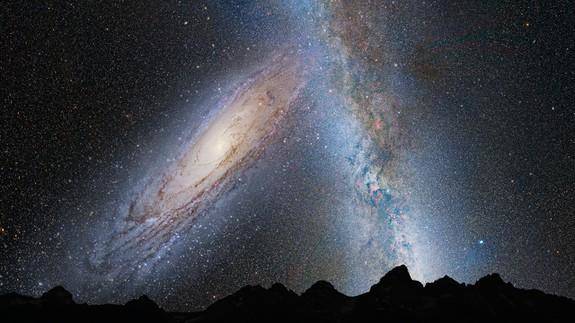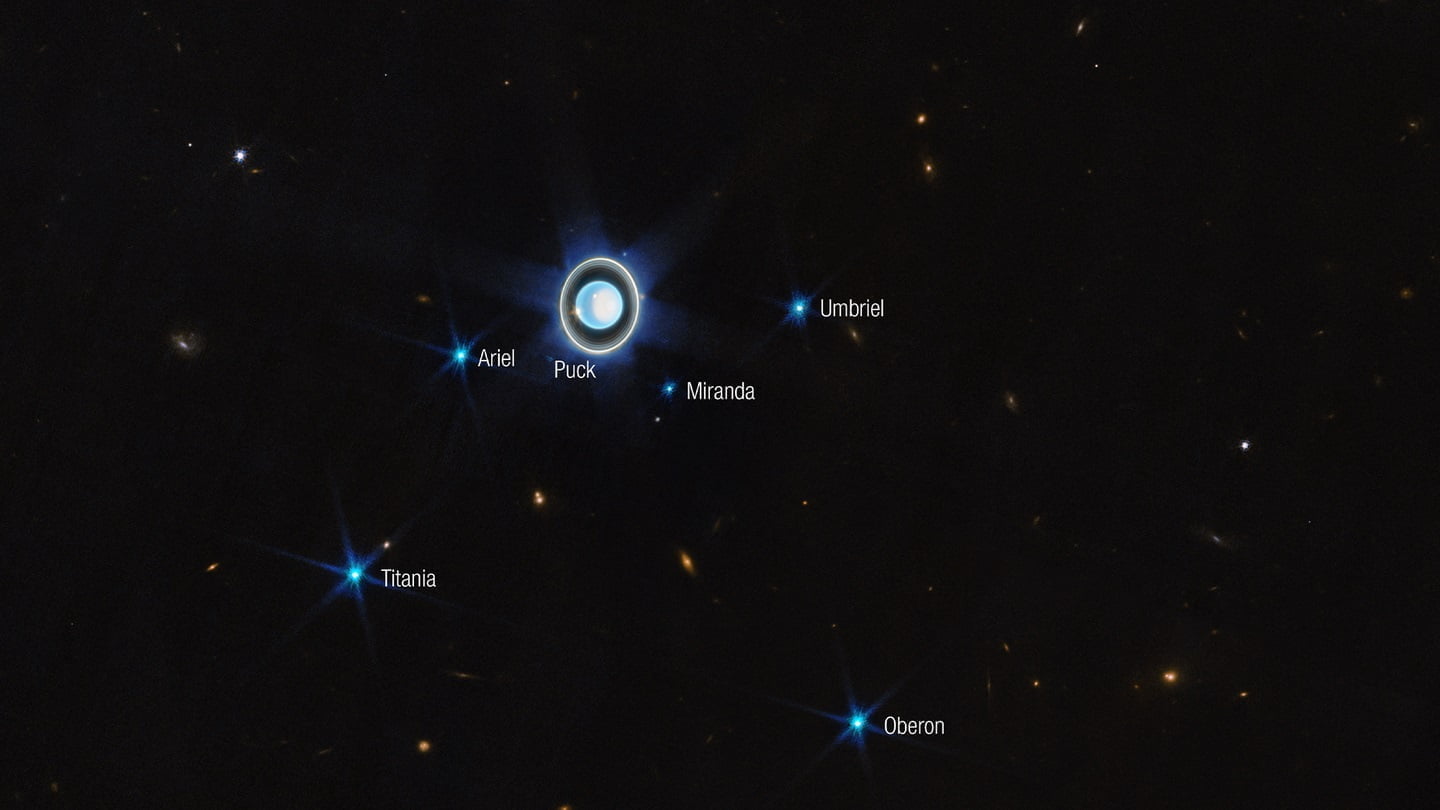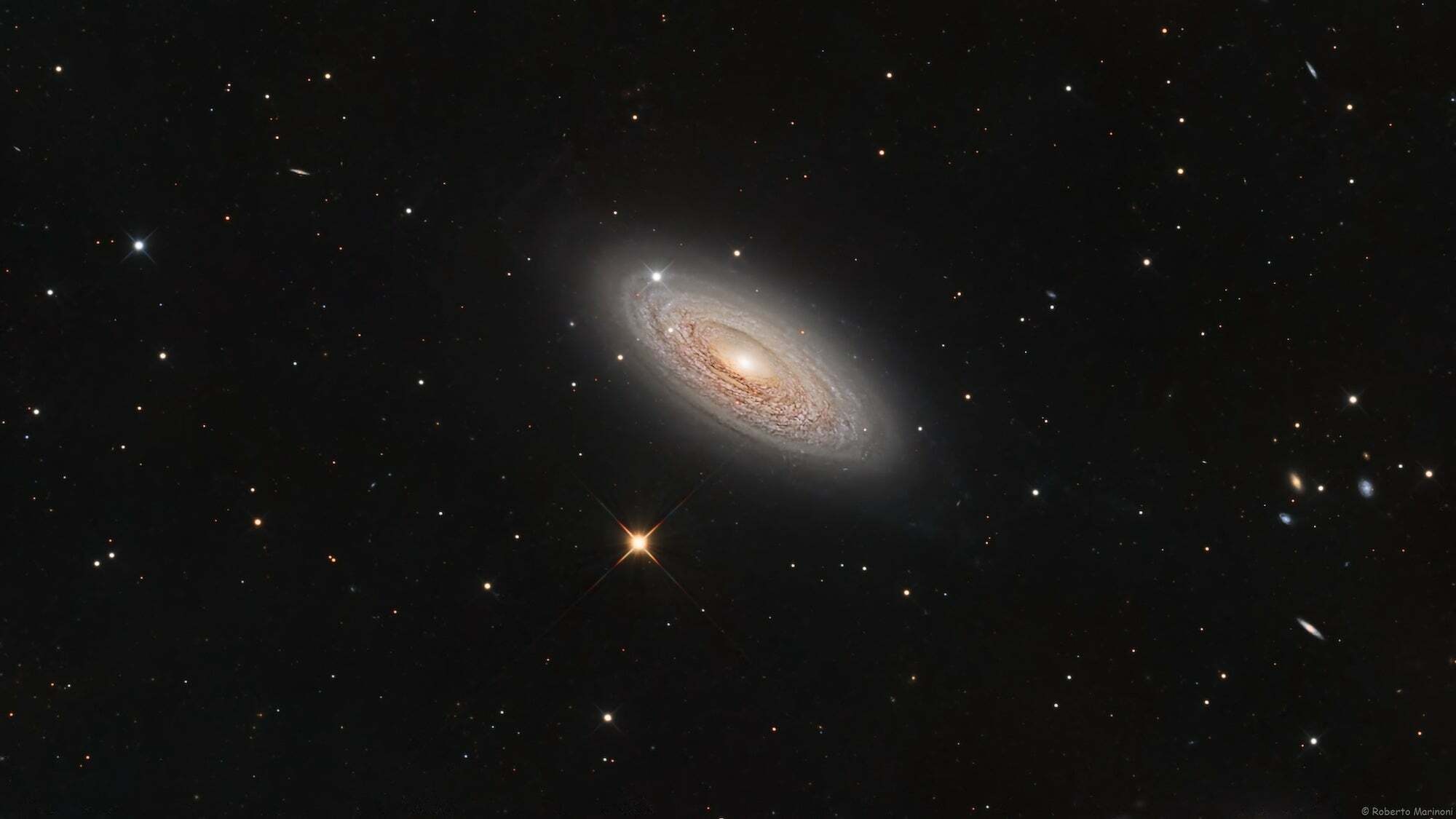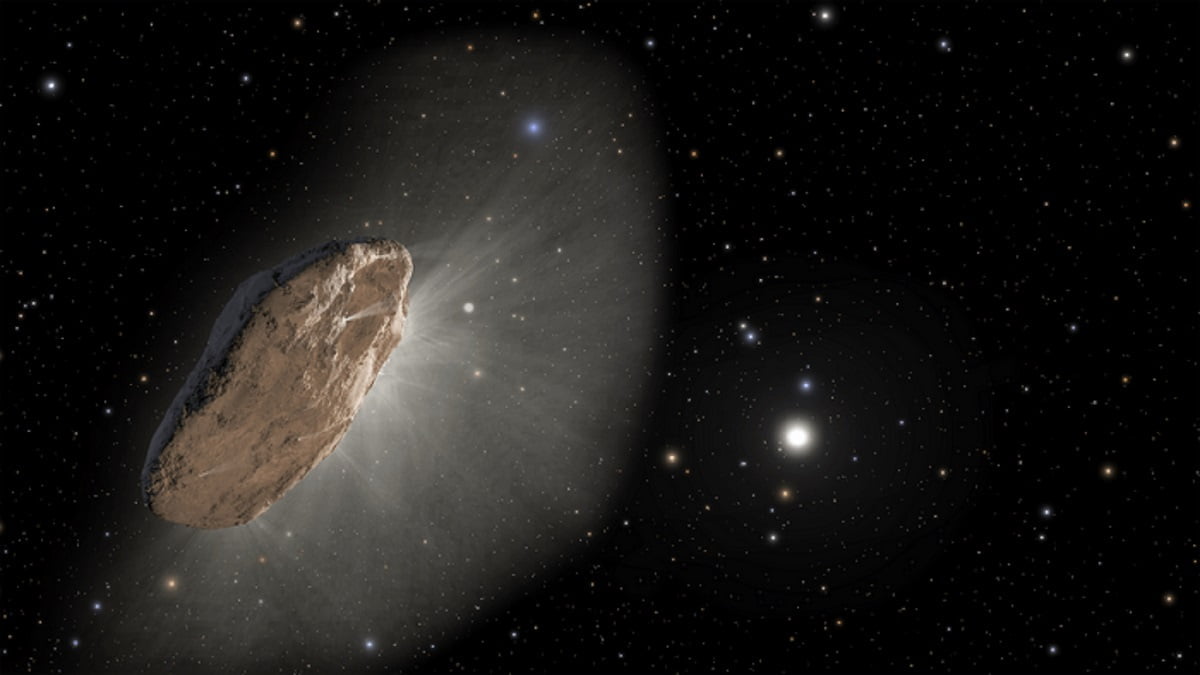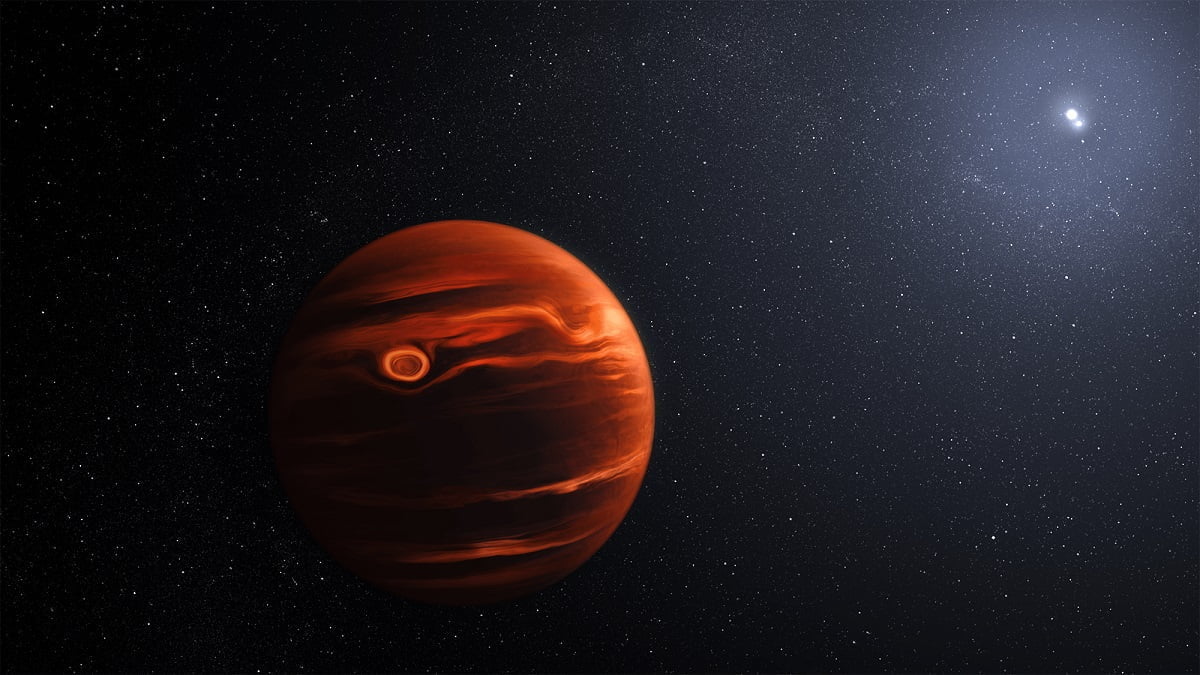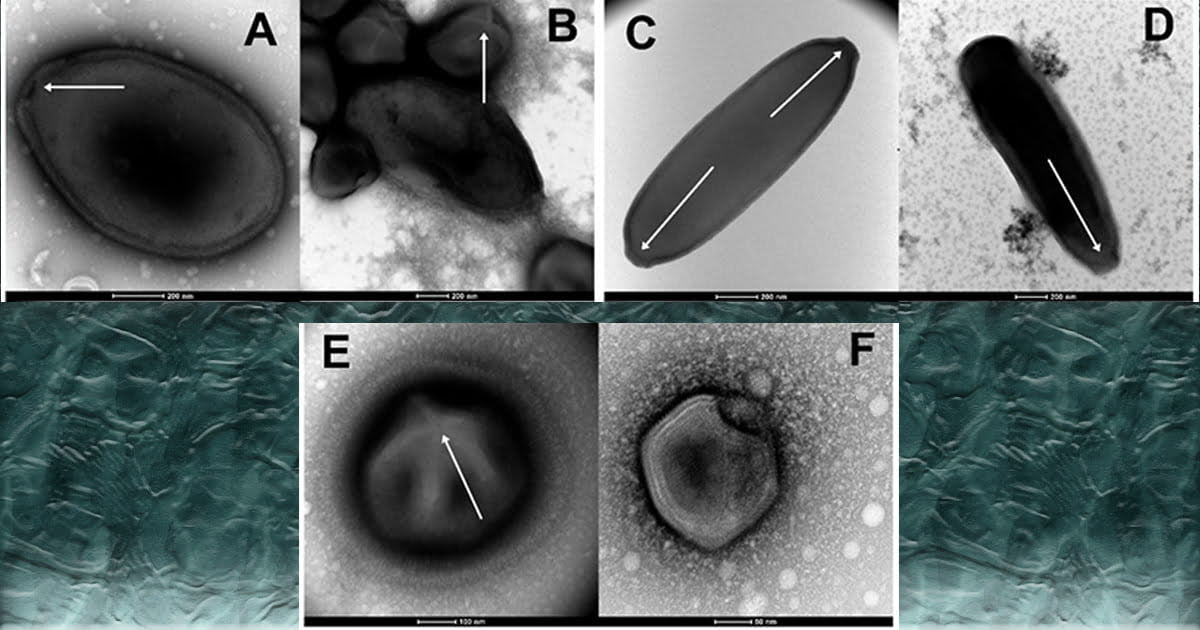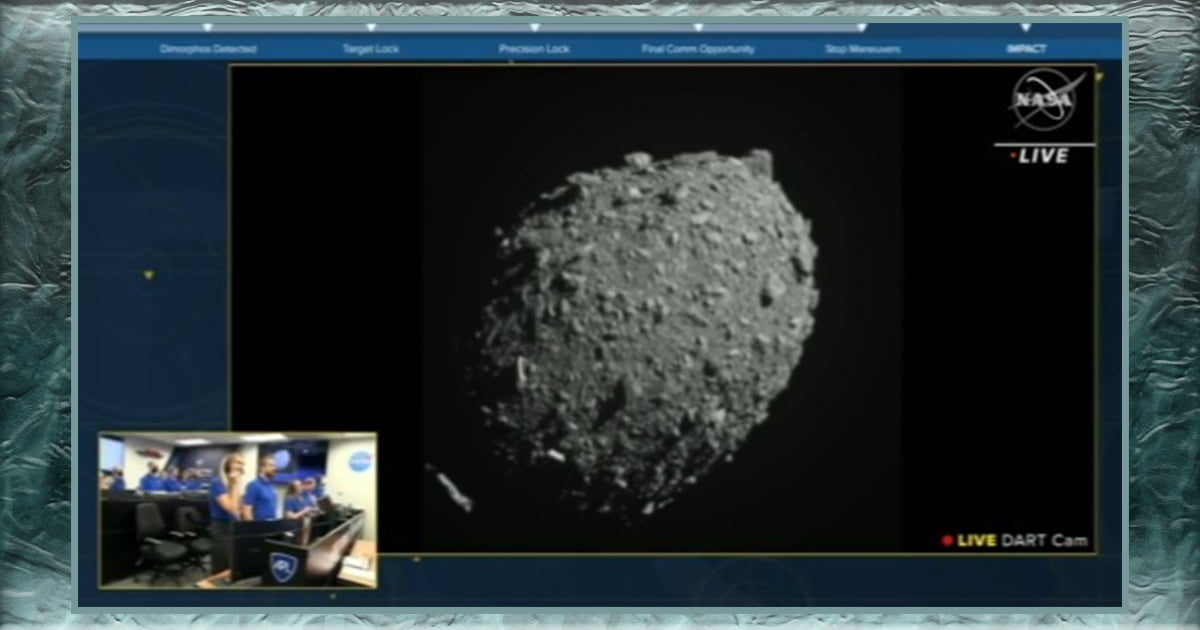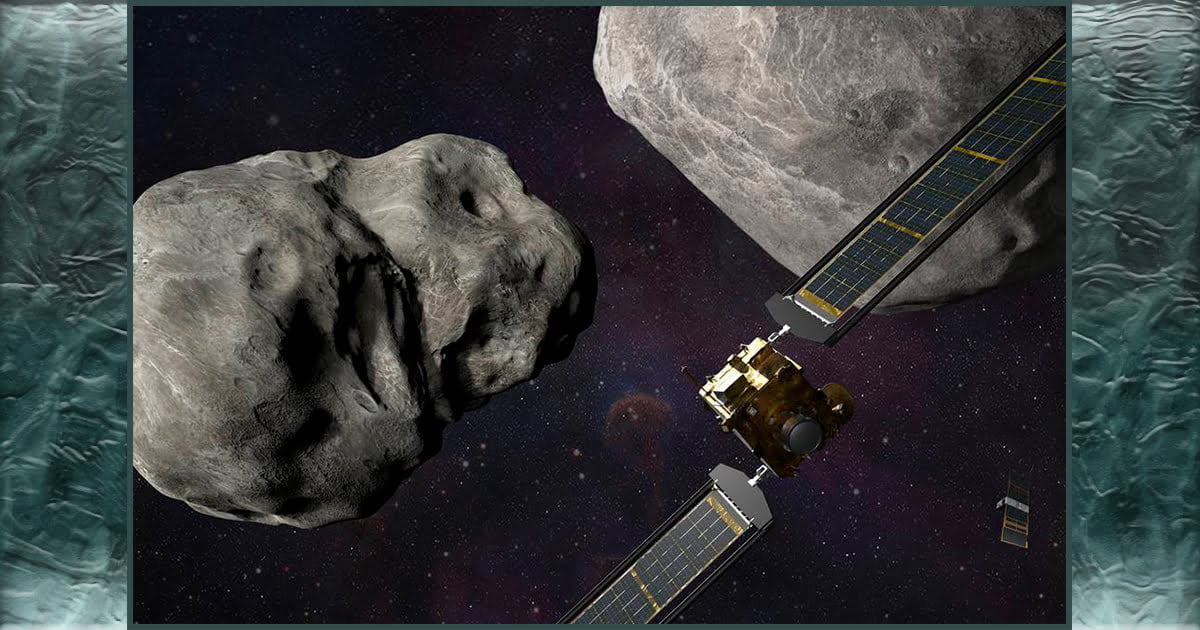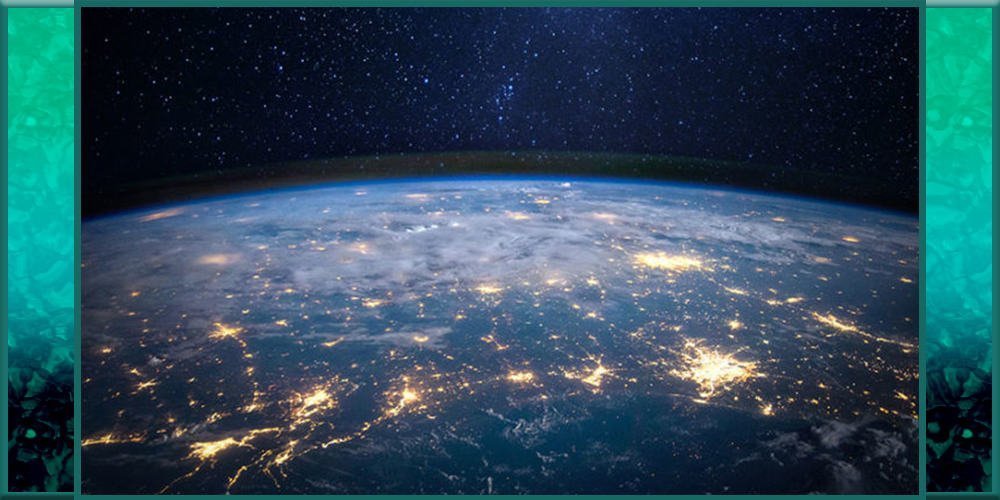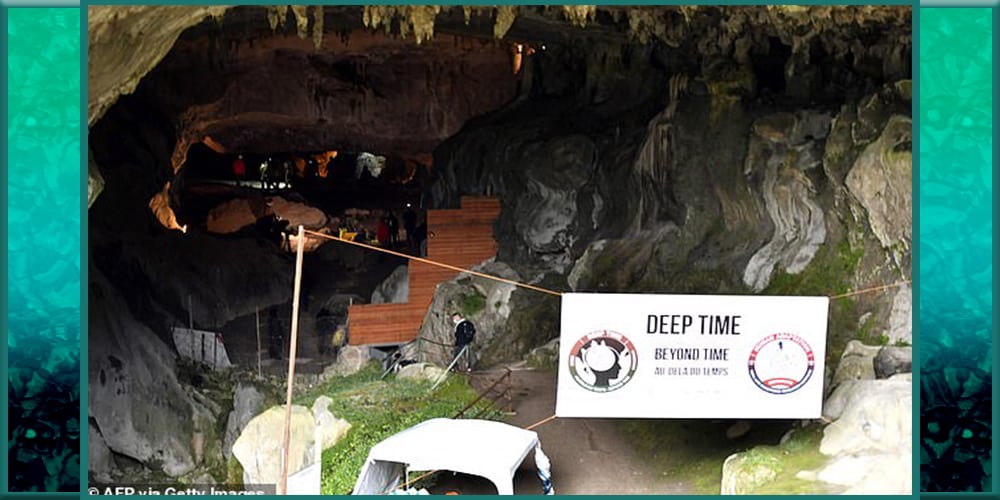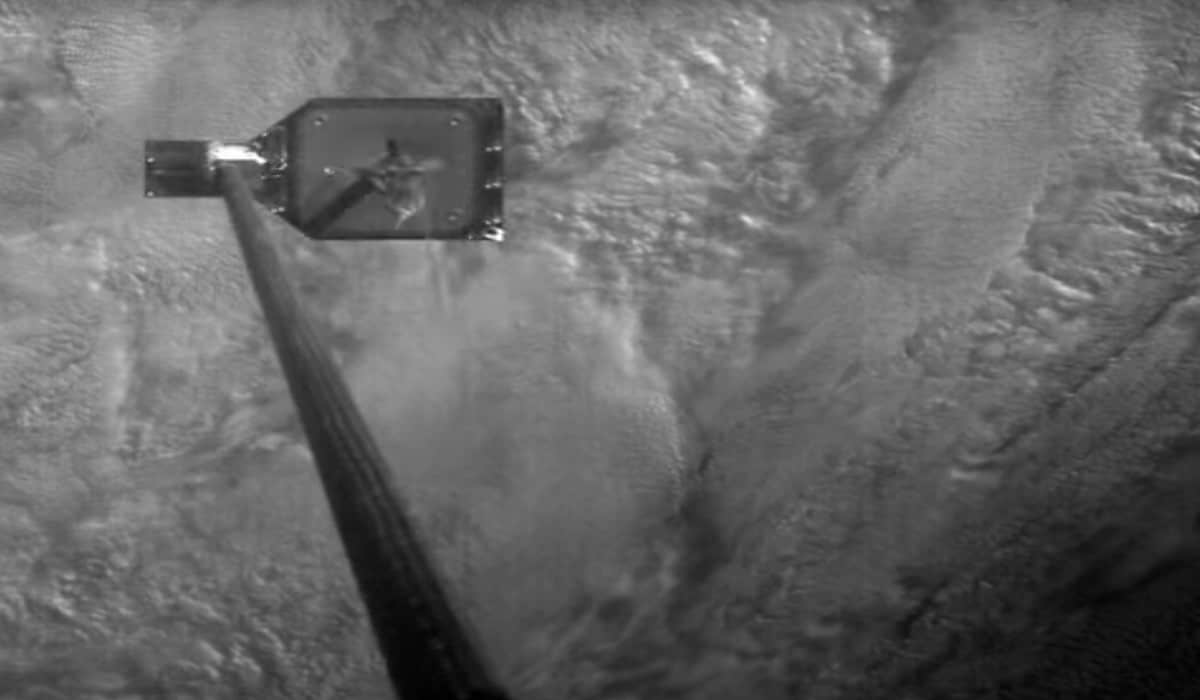Our Milky Way Galaxy Will Get a “Glancing Blow” From Andromeda Later Than Expected
(The AEGIS Alliance) – It has been suspected by astronomers for a long time that the enormous Andromeda galaxy would, in the next billions of years, crash into our humble home the Milky Way.
This colliding of galaxies was predicted to occur in around 3.9 billion years. However, now that astronomers have been analyzing new data received by the European Space Agency’s Gaia satellite, a surveyor of stars, the imminent date has been pushed to be at 4.5 billion years. This is a 600 million year later difference.
The event has been detailed in The Astrophysical Journal, and is reported to be a “swipe” instead of colliding directly. As a result, it would end in a merger of these galaxies into a single galaxy of monstrous proportions.
“This finding is crucial to our understanding of how galaxies evolve and interact,” said ESA Gaia Project Scientist, Timo Prusti in a statement, who did not have a role in the study.
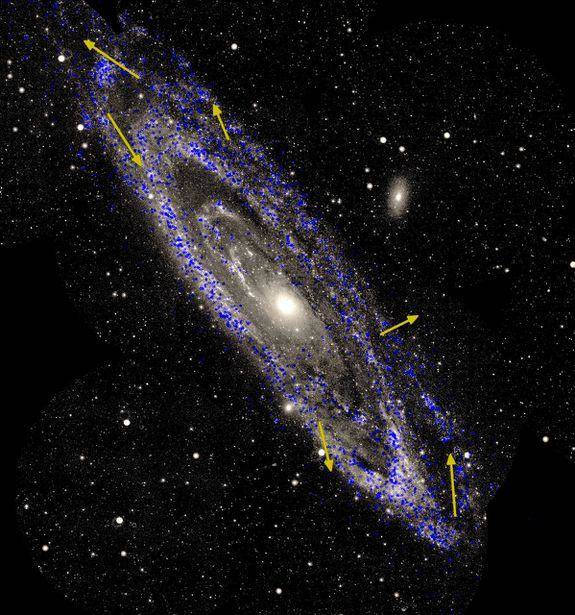
Although the event is highly important to our area in the universe, it will be of small importance to Earth. By that time, our sun or star, will have become much brighter, and is likely to have boiled our oceans and our protective atmosphere would have burned away.
In order to come to this conclusion about the galactic meeting in the future, scientists observed the moving of stars within two galaxies that are nearby astronomically, and are passing each other. These are the Triangulum, and the very same Andromeda galaxy scientists looked at, to give a forecast about how Andromeda is going to ultimately travel through intergalactic outer space.
“We combed through the Gaia data to identify thousands of individual stars in both galaxies, and studied how these stars moved within their galactic homes,” The Study’s coauthor Mark Fardal mentioned in a statement. “While Gaia primarily aims to study the Milky Way, it’s powerful enough to spot especially massive and bright stars within nearby star-forming regions – even in galaxies beyond our own.” He continued.
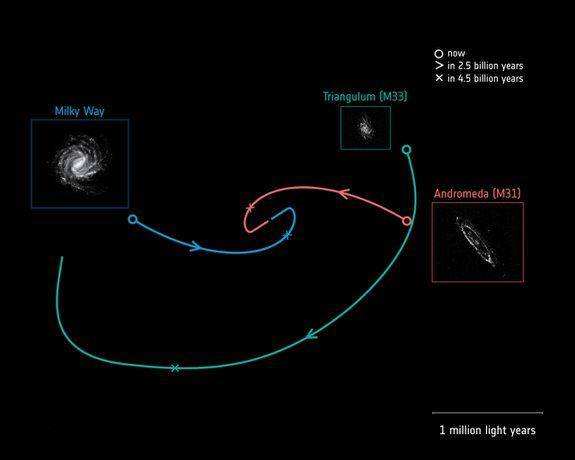
Eventually, when Andromeda does come into contact with, or “swipe” the Milky Way, it does not mean there will be destruction and chaos.
“That event will be less dramatic than it sounds, however,” The New York Times cosmos reporter Dennis Overbye noted. “Because galaxies are mostly empty space, they will pass through each other like ghosts.”
Image Credits: Gaia/ESA (motion of stars); Galex/NASA (image background);
R. van der Marel, M. Fardal, J. Sahlmann at STScI
E. Patel, G. Besla (University of Arizona), R. van der Marel at STScI
Kyle James Lee – The AEGIS Alliance – This work is licensed under a Creative Commons Attribution-ShareAlike 4.0 International License.
